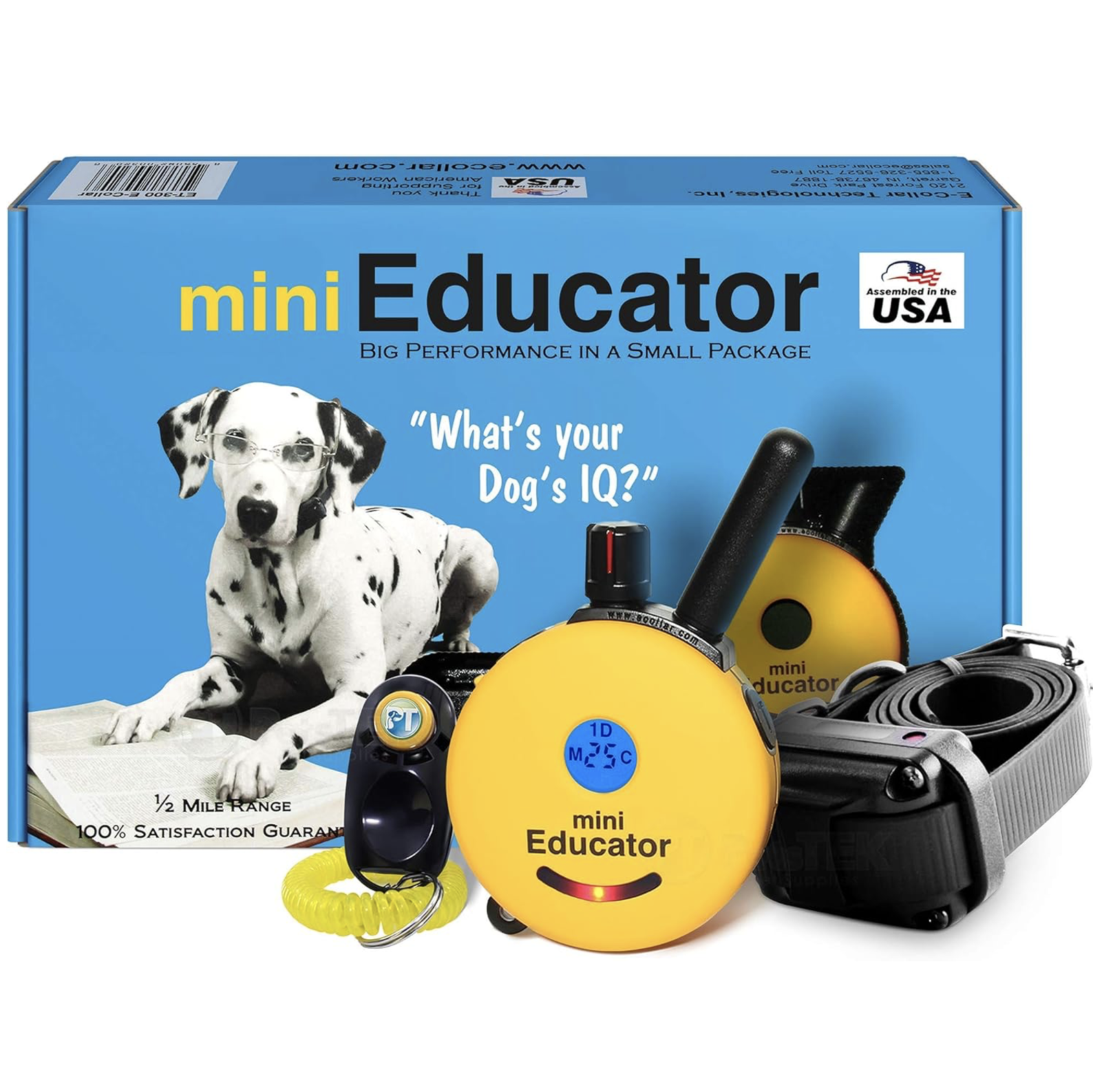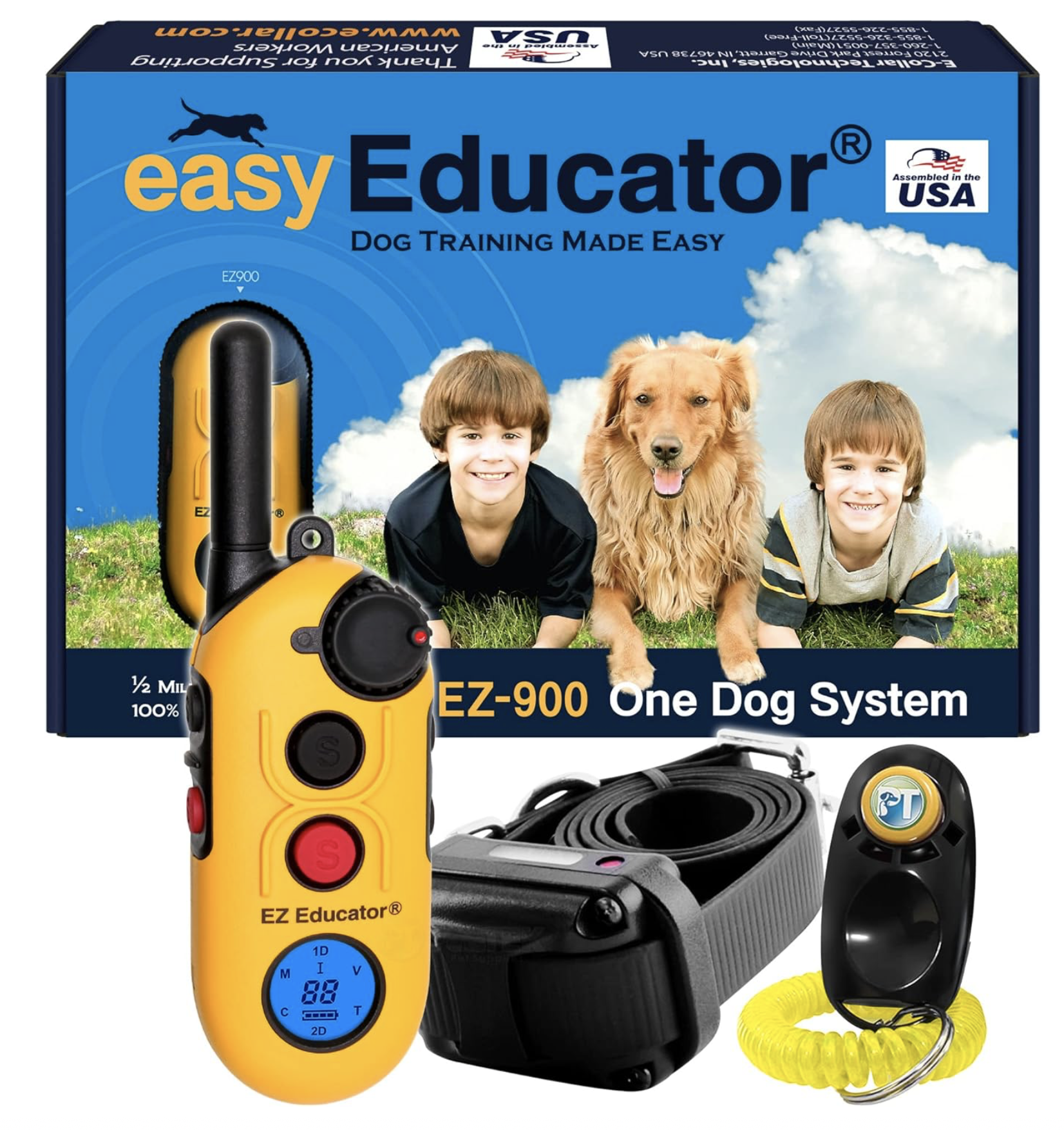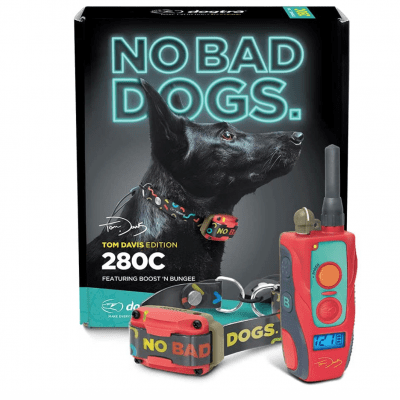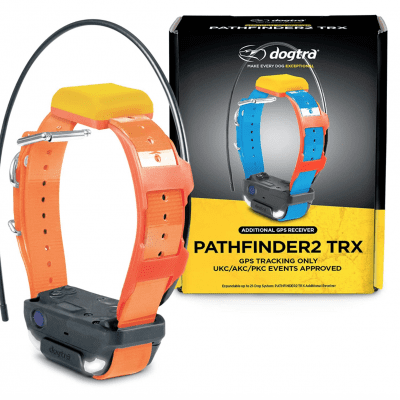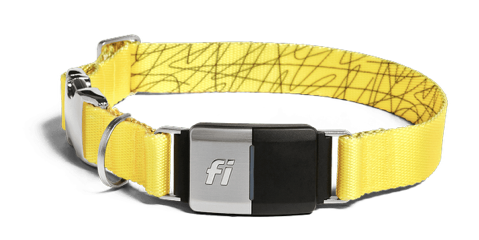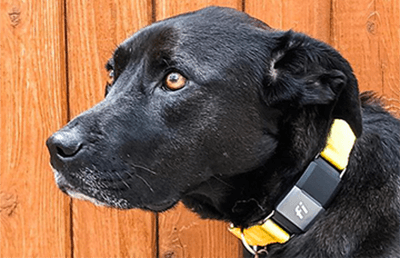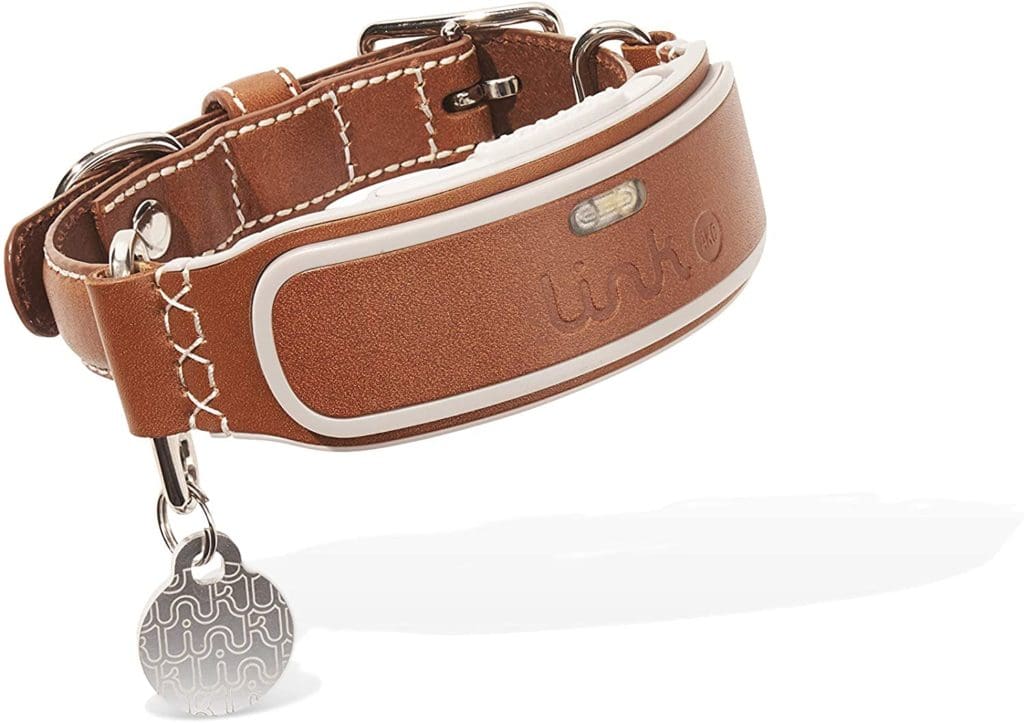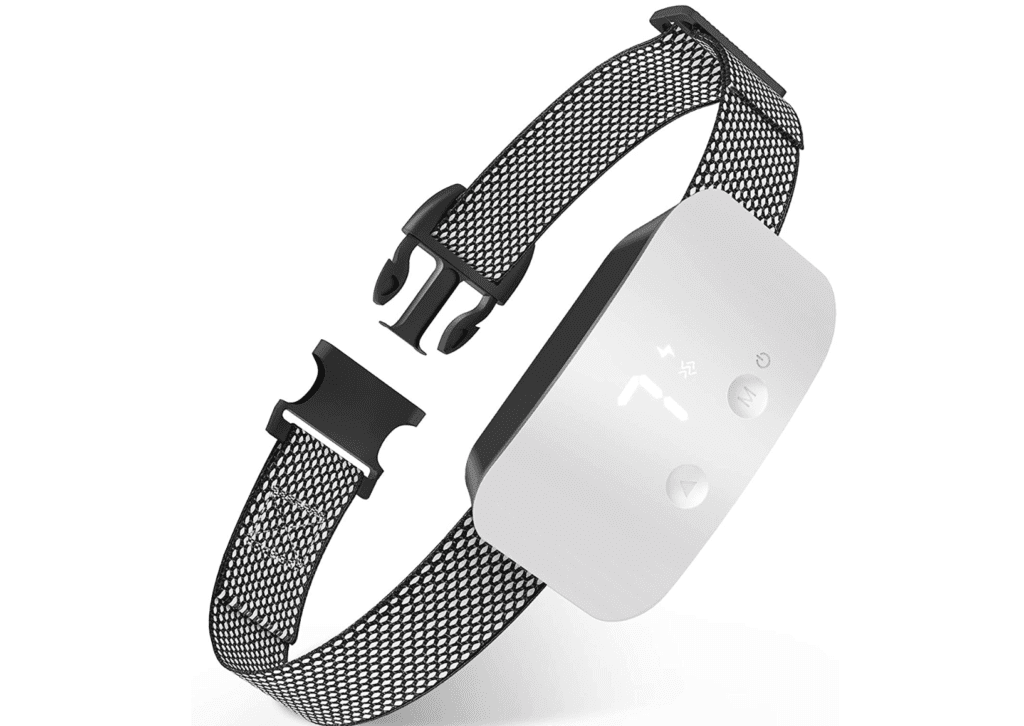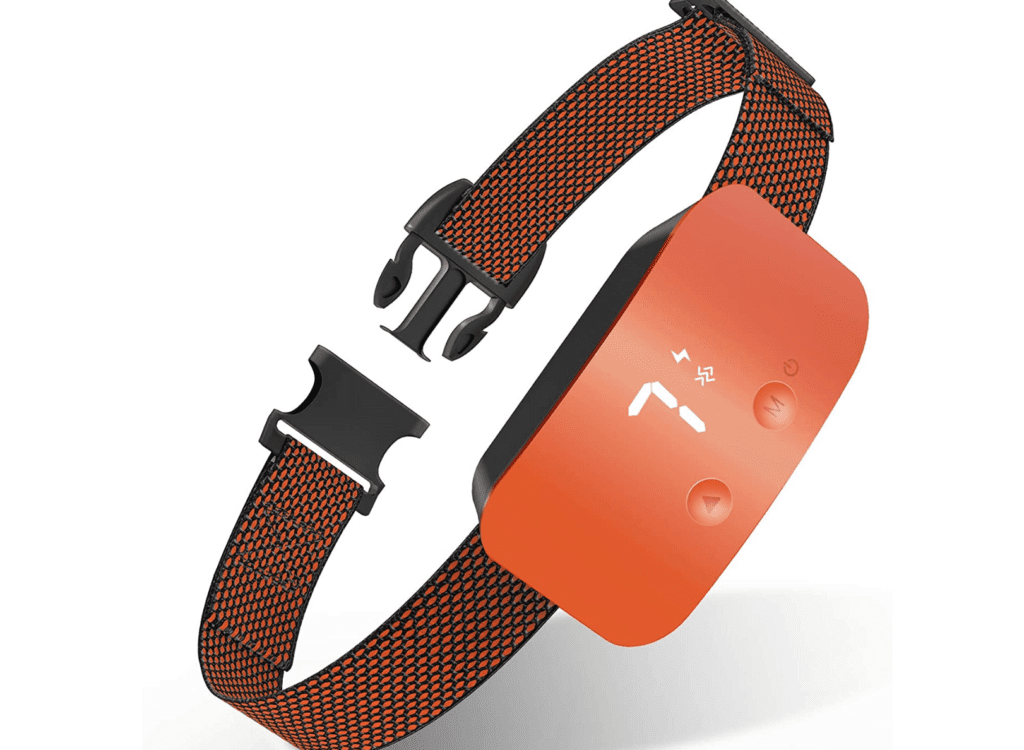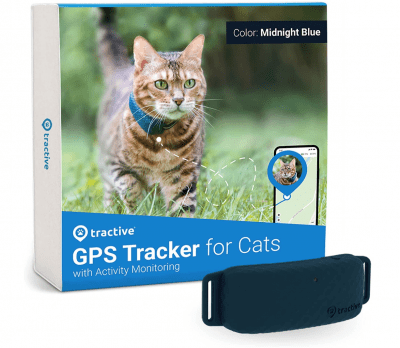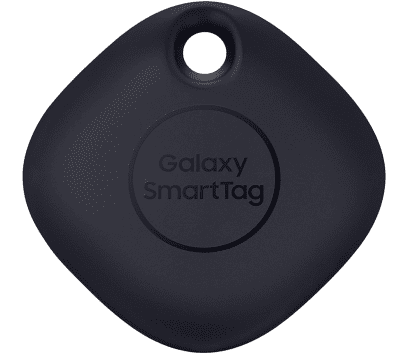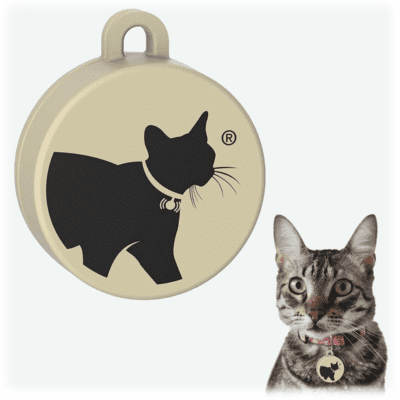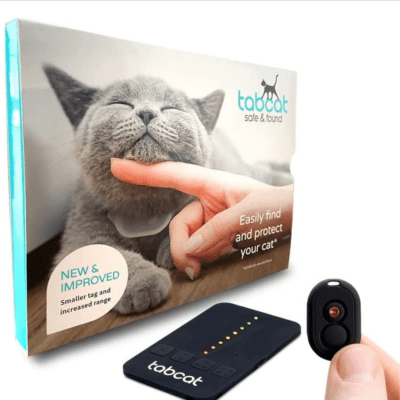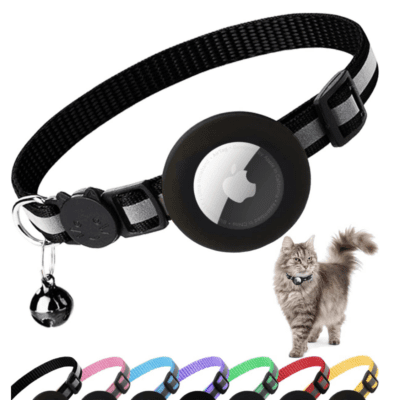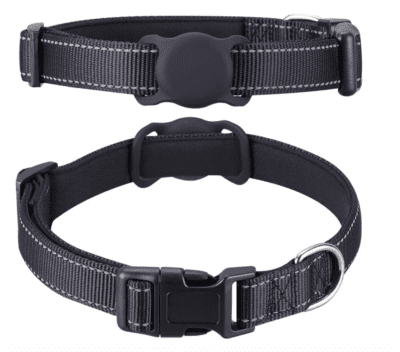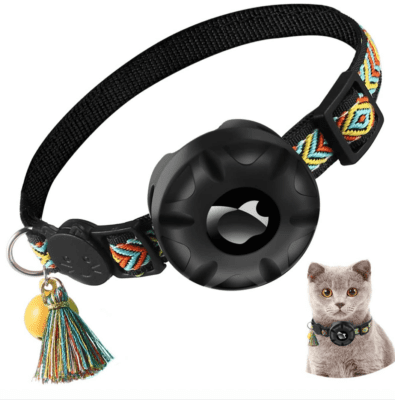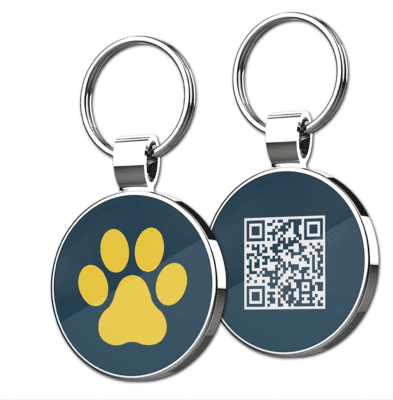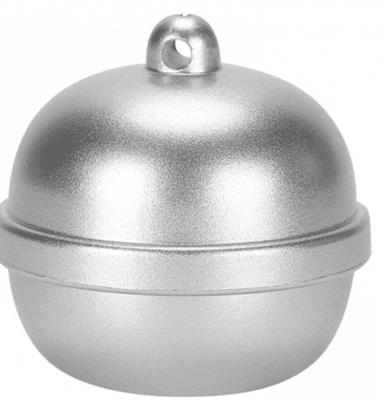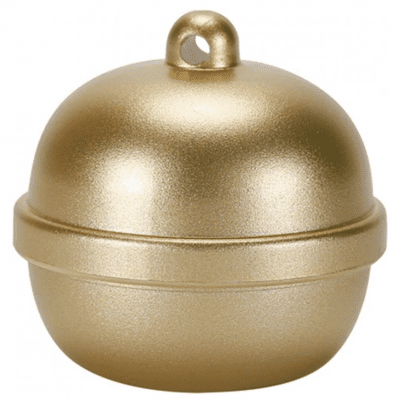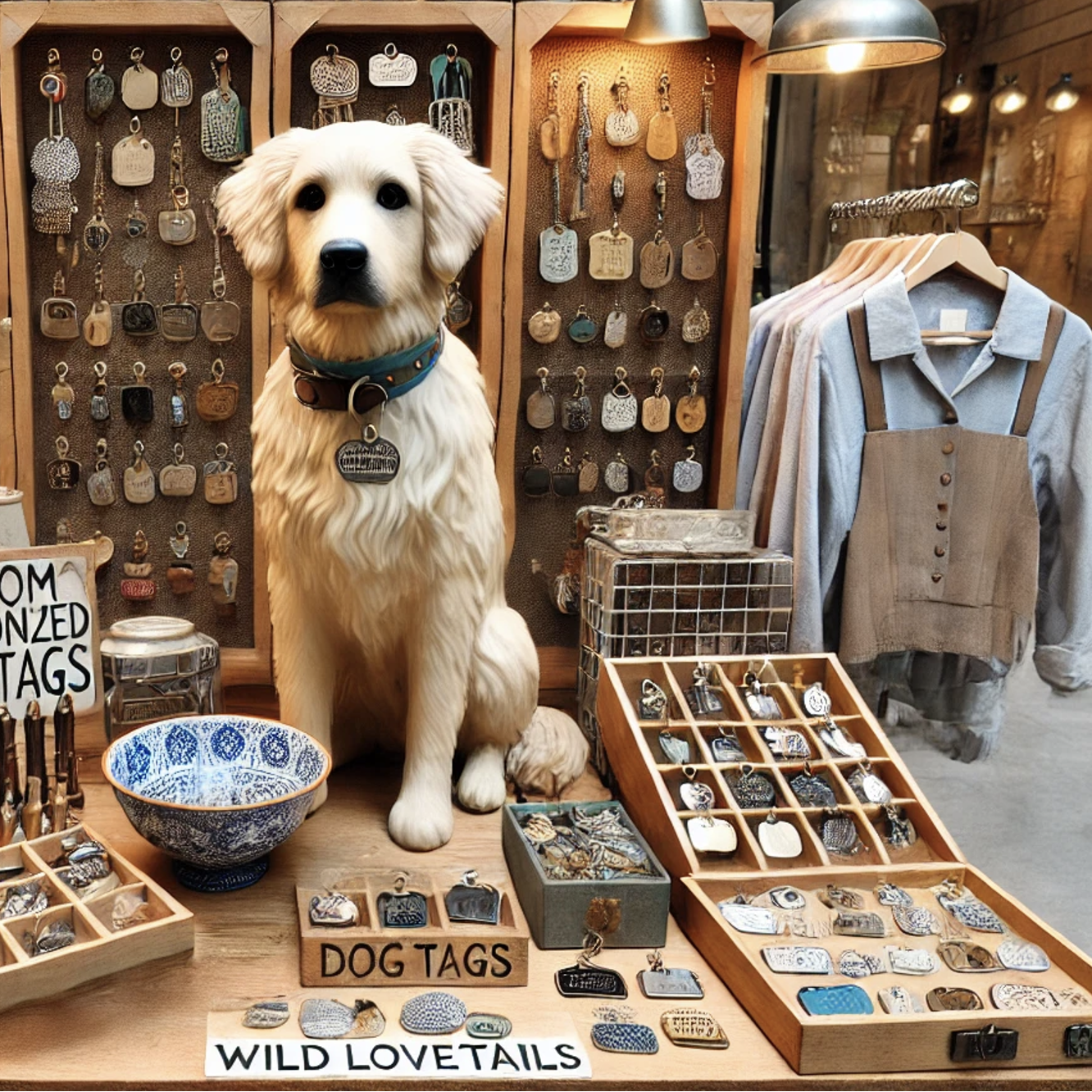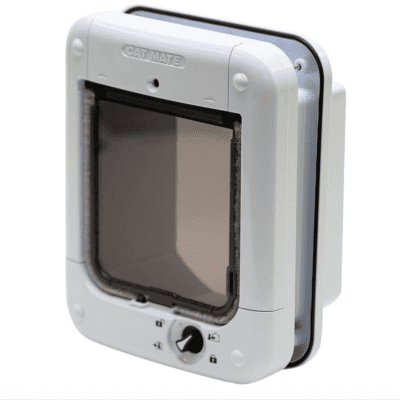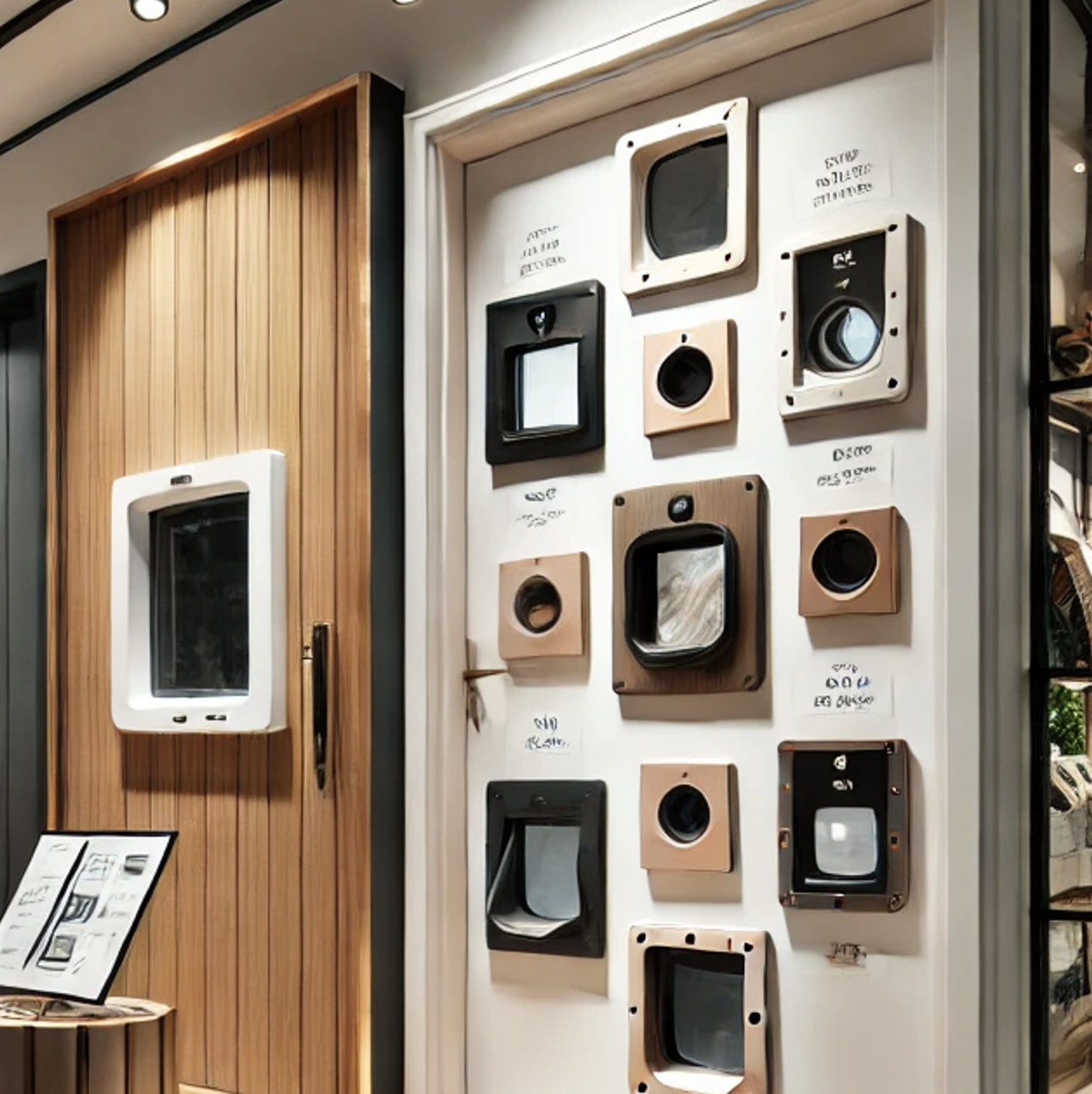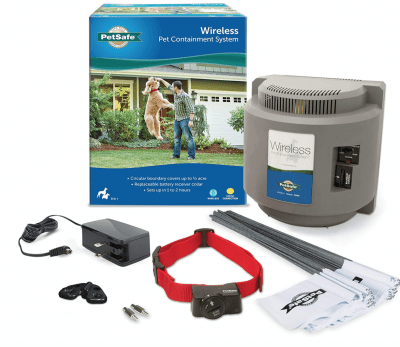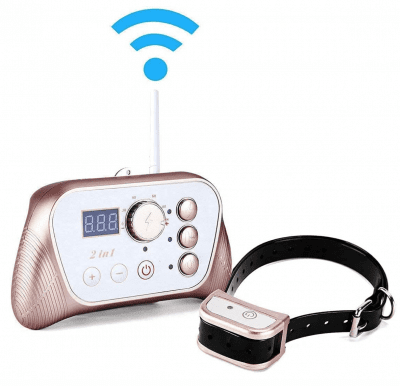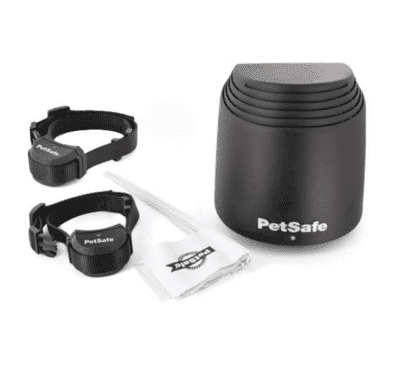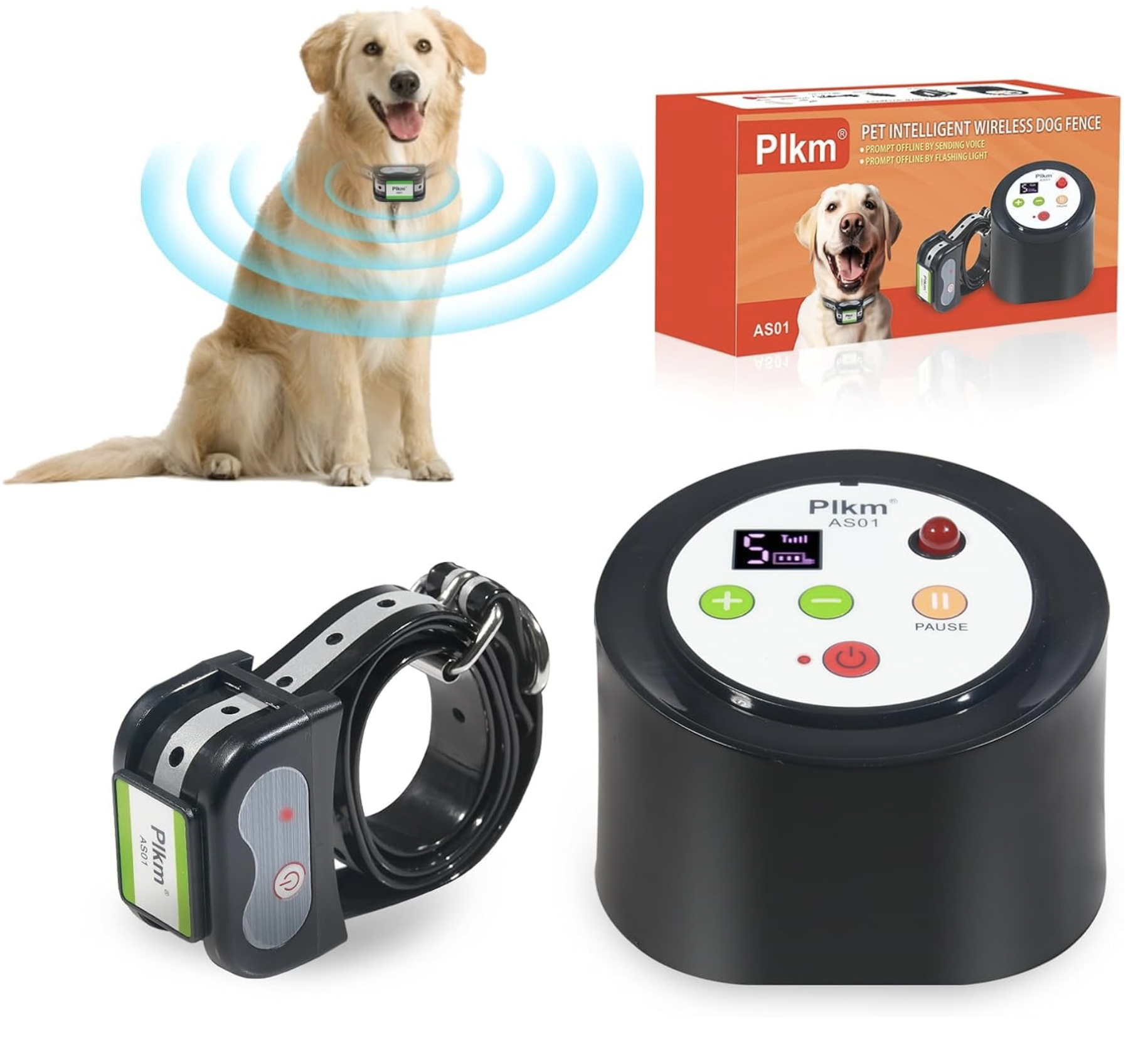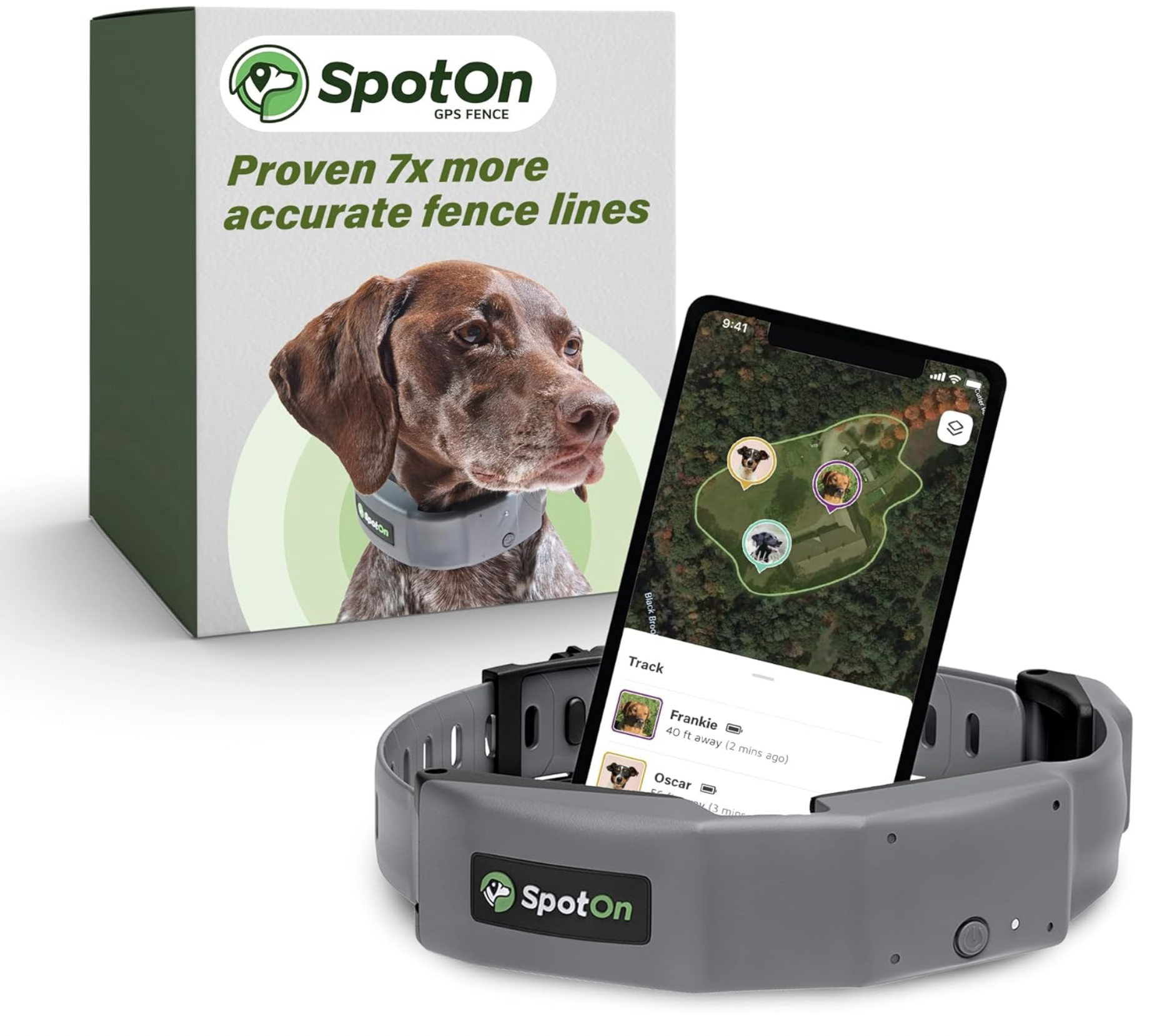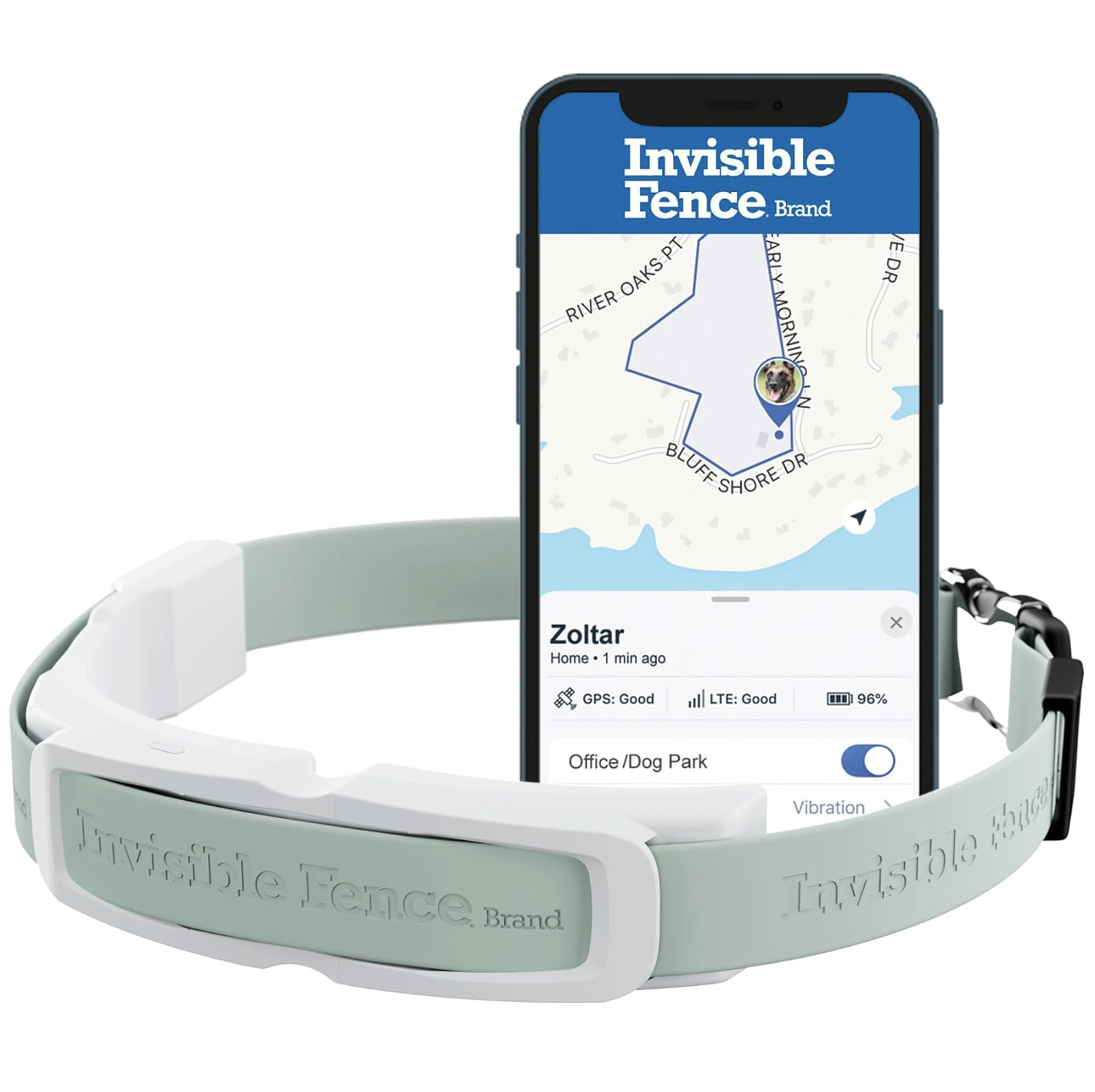
Pet Smart Collar and Fence Shop
Who Says A Little Help From Technology Is A Bad Thing?
Welcome to our Smart Pet Collar and Tracking Shop – dedicated to helping you keep track of your pets 24/7 with GPS, Bluetooth and Smart Technology.
New GPS technology that allows you to track your dog 24/7. A great option when you use caretakers, dog walkers or while you are a way from home. The technology also allows you to track, receive notifications by phone and you can even create safety zones for escape dogs. This waterproof collar is dog-proof. Smart pet collars are ideal for pups on the hunt, campsite or those who like to run. Keeping pups safe, smartly is done with the right smart pet collar for your breed, activity and play.
SCROLL TO EXPLORE THE SHOP
(click to learn more)
Dog Smart|GPS Training Collars
Pathfinder2 GPS Tracking Dog Collar System

Dogtra®, a leading provider of e-collar training and GPS tracking systems integrating advanced smartphone and smartwatch technology to enhance pet tracking and training experiences.The Dogtra® PATHFINDER2 GPS Dog Tracker combines advanced smartphone and smartwatch technology for real-time pet tracking and training. Fully waterproof and suitable for dogs weighing 35 lbs or more, it features a 9-mile range, LED Locate Light, Pager Vibration, and offline map access for use without cellular service. The system tracks up to 21 dogs with additional collars, making it ideal for hunting, camping, and dog-walking businesses. With no subscription fees, it allows remote control via an app, supports iOS 12.1 or Android 6.0 and above, and integrates with smartwatches like Apple Watch Series 5 and Samsung Galaxy Watch4. Note that it’s not compatible with previous PATHFINDER systems or other smart collars. Perfect for active pet owners, this versatile tool enhances safety, training, and outdoor adventures.
Dog GPS Collars
Tractive® GPS Tracker & Accessories For Dogs
GPS and Smart Tracking Dog Collars
Cat & Small Pet GPS Tracker
Pet GPS Collar Doors
Pet Electric and GPS Fencing Systems
To size a smart GPS collar for your pet, follow these steps to ensure it fits properly, provides accurate tracking, and remains comfortable:
Step 1: Measure Your Pet’s Neck using a soft measuring tape to wrap around the base of your pet’s neck, just below the ears, where the collar will naturally sit. Insert two fingers between the tape and the neck to ensure it won’t be too tight, allowing a comfortable but secure fit. This prevents the collar from slipping off while ensuring the sensors maintain proper contact.
Step 2: Review the manufacture’s guideline as many GPS collars come in different sizes and thicknesses, so always refer to the manufacturer’s size chart for best results. Some collars provide adjustable straps, which can help accommodate changes in fit due to fur growth or grooming.
Step 3: Many GPS collars have specific weight requirements to ensure the device’s battery and tracking features don’t overload smaller dogs or puppies. Verify that the collar is appropriate for your dog’s weight class.
Step 4: Once the collar is on, ensure that it is snug but not restrictive. You should be able to slide two fingers between the collar and your pet’s neck comfortably. A loose collar could affect the GPS signal, while one too tight might cause discomfort over time. This is important after a dog grooming.
Step 5: If your dog is highly active, choose a lightweight collar with padding for extra comfort. Adjustable options are essential if your dog’s neck size changes seasonally due to grooming or fur density changes.
Step 6: Some GPS collars need to sit in a specific orientation on your dog’s neck for optimal signal strength. Follow the device’s manual to ensure correct positioning for the best tracking performance
Step 7: Stock up on additional batters, charging cords or other accessories required by the GPS collar of your choice.

CHOOSE WHERE YOU WANT TO GO NEXT!
OR GET TO KNOW US BETTER



